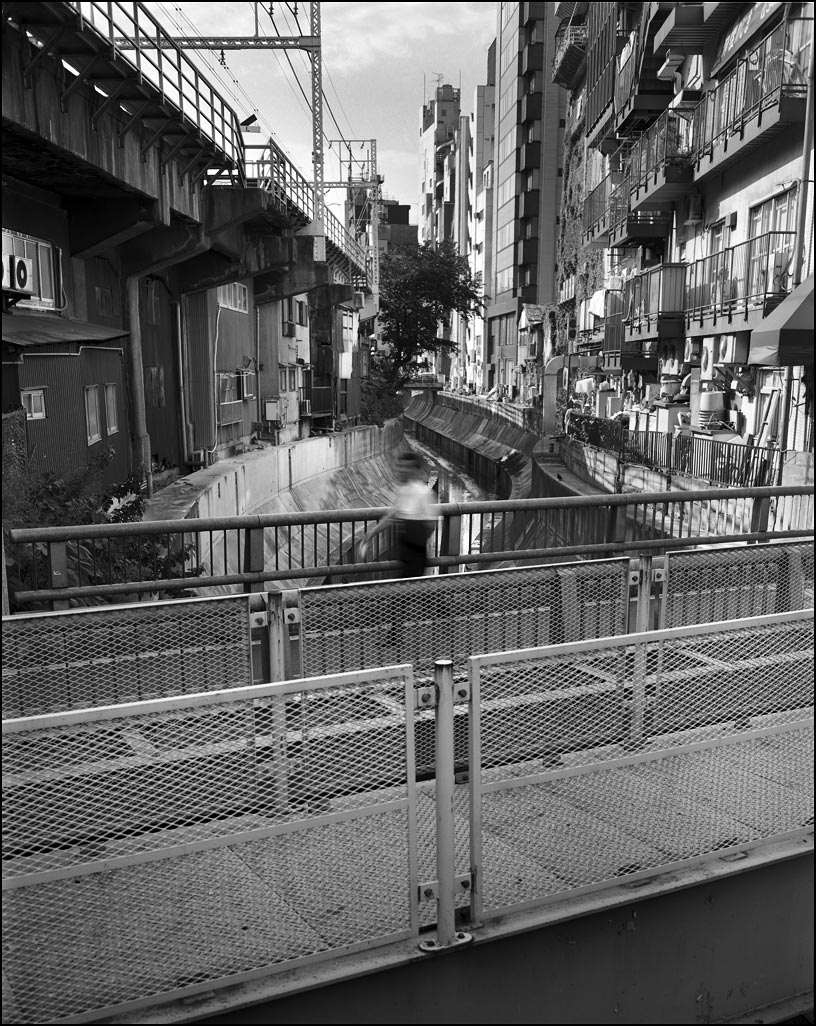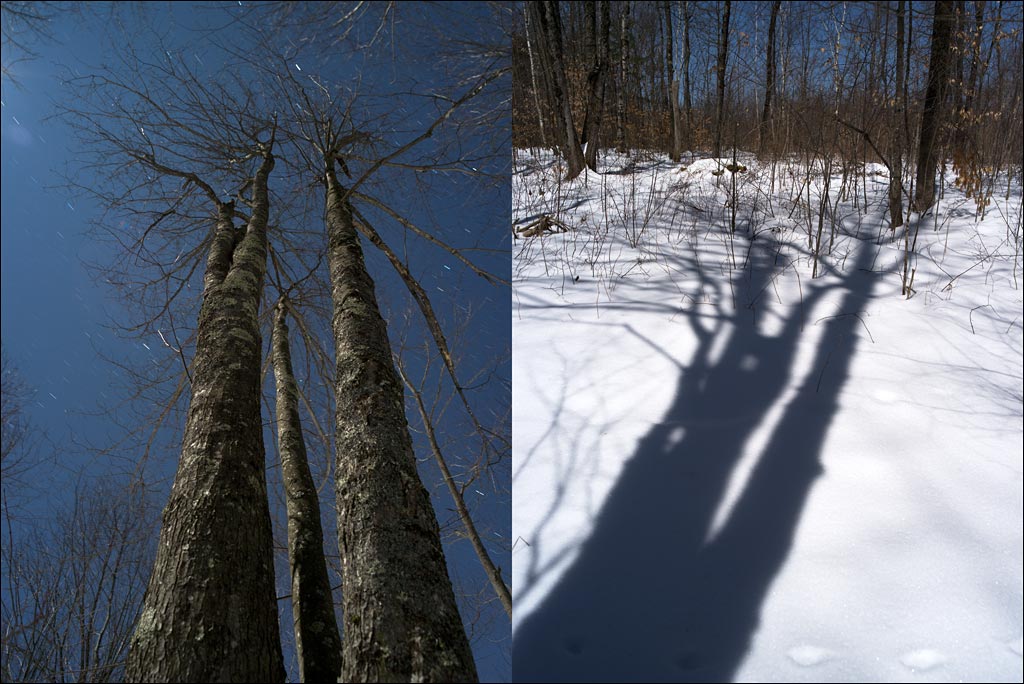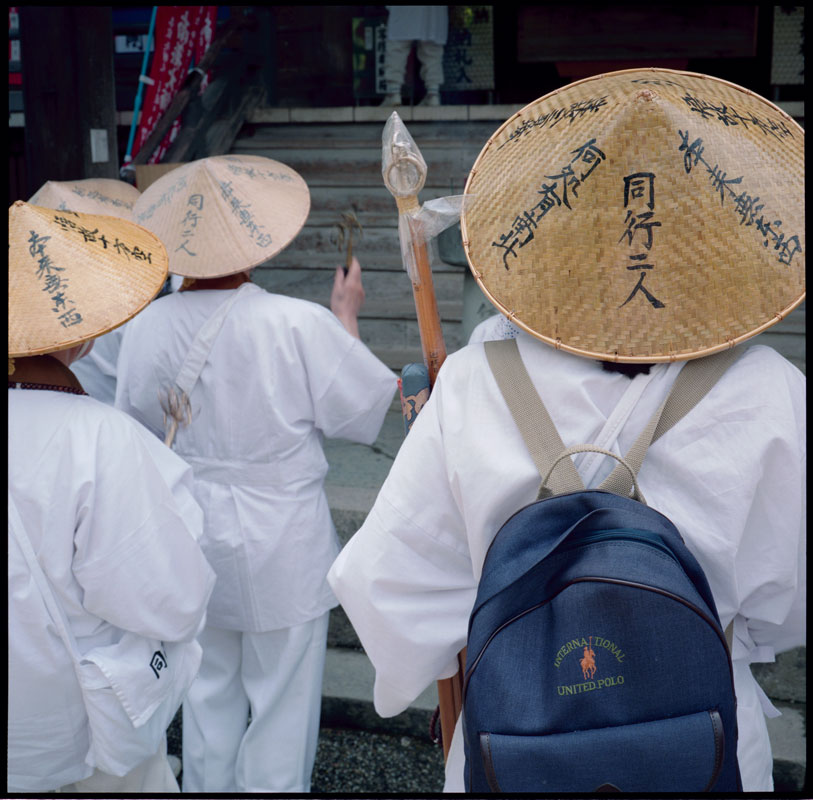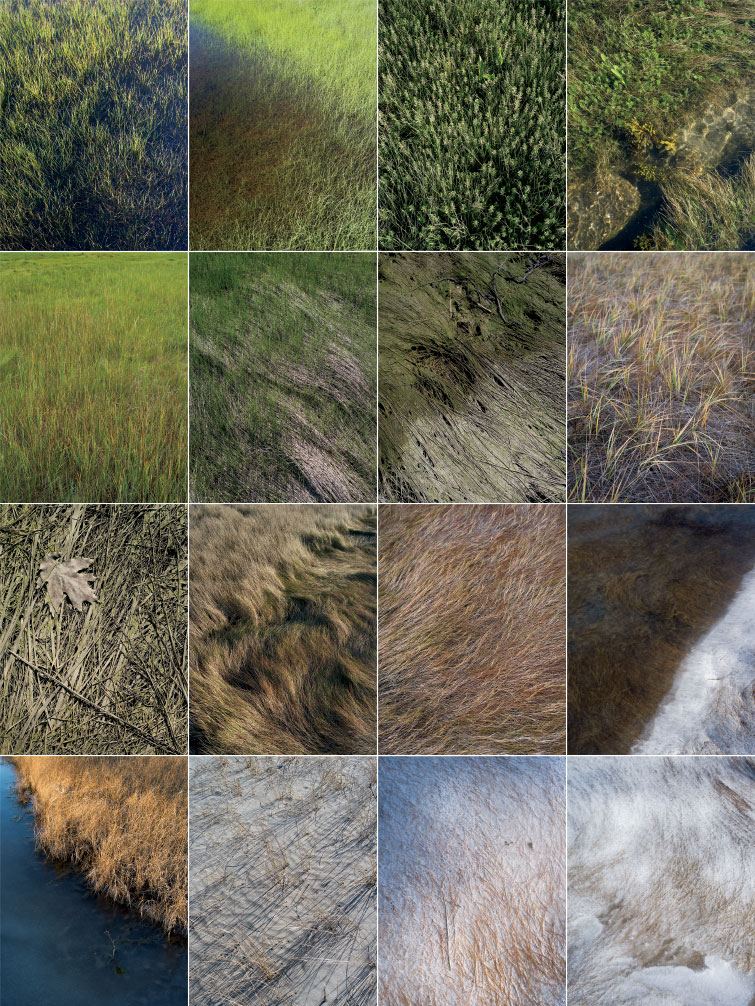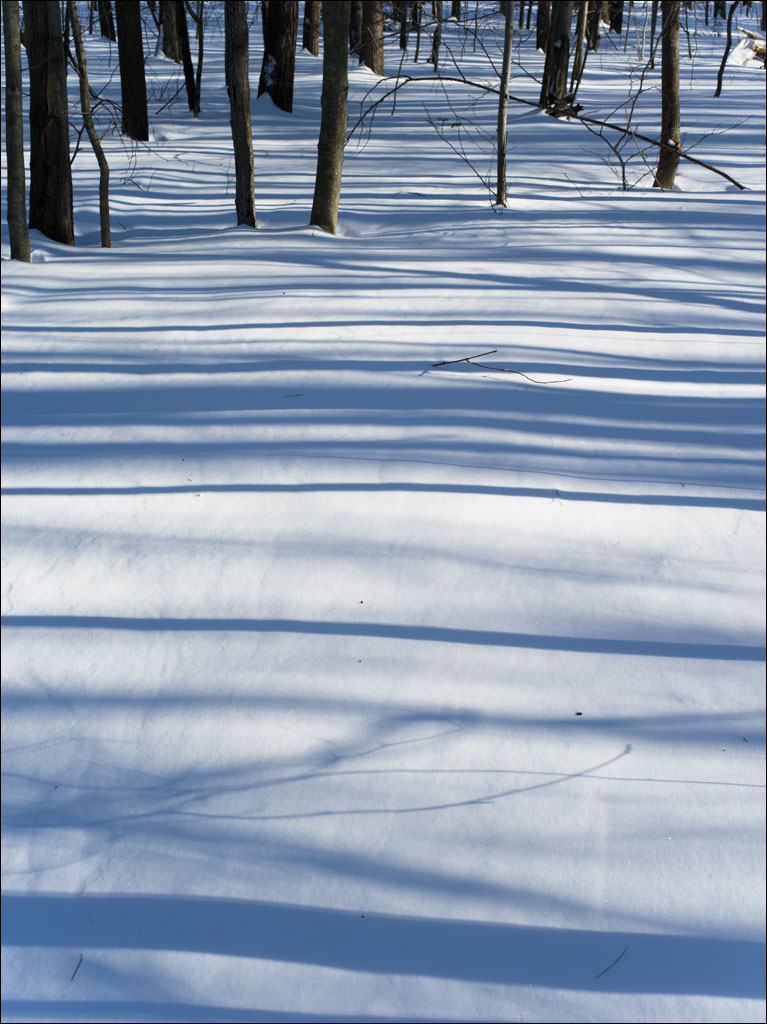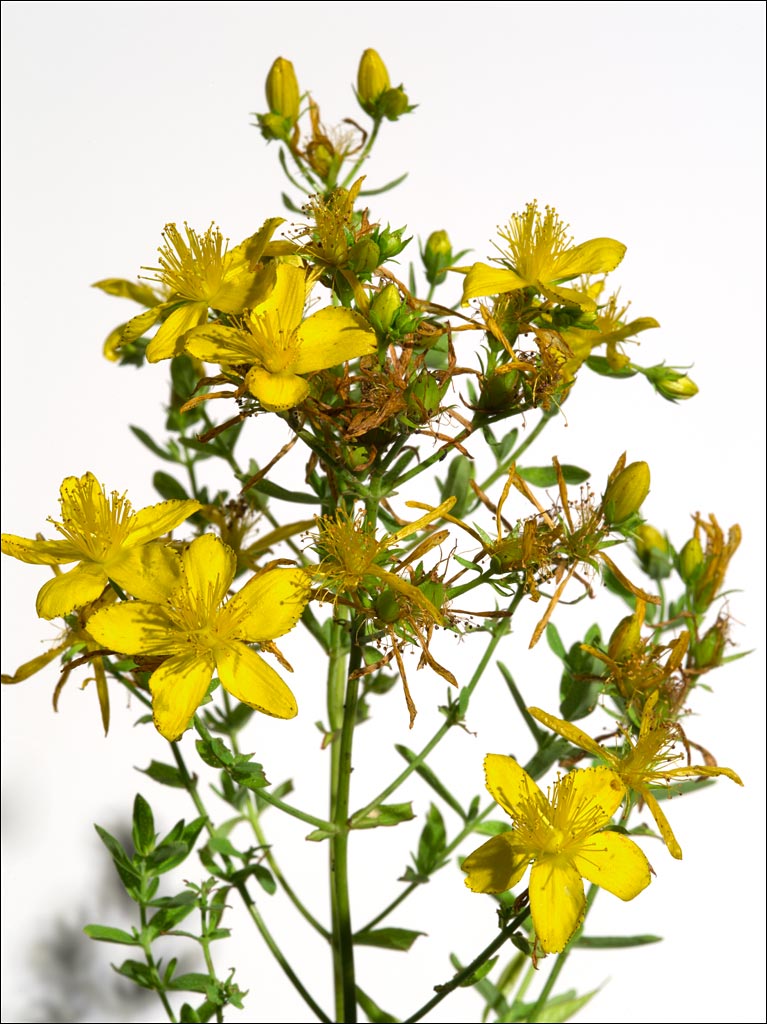 St. John’s Wort, Hypericum perforatum, is native to Europe, but is found in abundance in the US. In some places, it is considered a pernicious weed. If you introduce this plant to your garden, it can be hard to control.
St. John’s Wort, Hypericum perforatum, is native to Europe, but is found in abundance in the US. In some places, it is considered a pernicious weed. If you introduce this plant to your garden, it can be hard to control.
We use the leaves and flowers: fresh for salads and dried for tea. St. John’s Wort is said to help mild depression. We find the tea very relaxing.
Some people can have a reaction to St. Johns Wort—nausea, diarrhea, headaches, photodermatitis—and it can interfere with some medications; please consult your doctor. Always research plants you intend to consume. You should consider our posts a starting point, not a definitive source of information.

